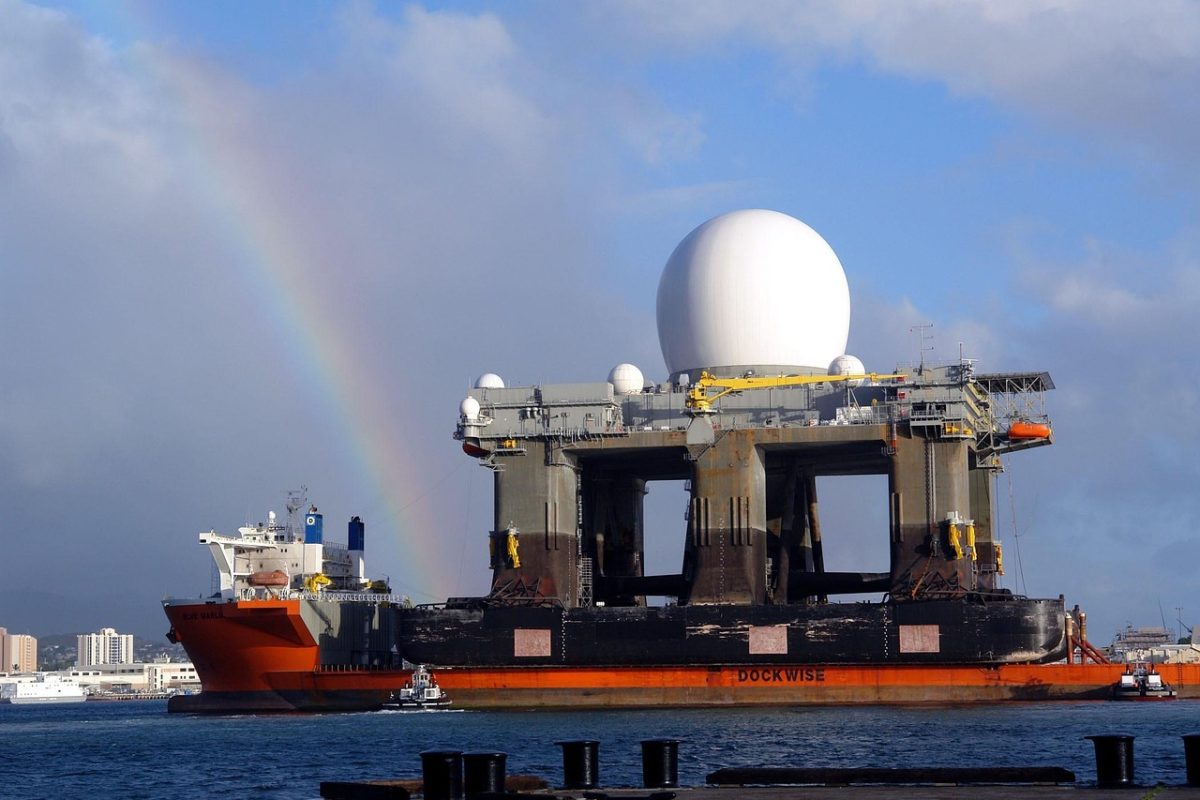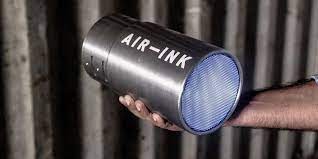What are Heavy-Lift Ships?
Heavy-Lift Ships are a special type of sea vessel designed to carry very large buoyant cargo, such as floating oil rigs and large ships. They work by partly submerging themselves in the water and then letting tugboats navigate the cargo on board. They are easily recognizable because of their long, low, decks.
Why were they invented?
Heavy-Lifters were invented for the oil and gas industry. They serve the purpose of transporting a rig from it’s manufacturing location to where it will be used it cannot be loaded onto a regular ship because the dock cranes can only carry a few thousand tons of cargo There are virtually no economical alternatives to using a Heavy-Lifter. Heavy-Lifters also carry other ships for repair or for use as a dry dock. They have also been used several times in order to get damaged warships out of hostile areas (USS Cole).
How do they work?
First, the Heavy-Lifter is submerged partly in the water using an array of carefully measured ballast tanks under the main deck, which takes more than 1 hour. They have pre-measured the dimensions of the cargo and marked it down to the tenth of an inch. This is because the cargo is often as large or larger than the ship itself and will put the ship off balance and will barely fit on top of the deck. The cargo then either navigates itself on board or it is navigated by tugboats onto the deck. The vessel then refloats using it’s ballast tanks, which must be vacated in a different order than it was filled, due to the center of mass being different.
Related Stories:
https://www.onesteppower.com/post/heavy-lift-semi-submersibles
https://breakbulk.com/articles/semi-subs-the-mega-vessels-made-for-modules
https://en.wikipedia.org/wiki/Heavy-lift_ship
https://www.martide.com/en/blog/all-about-heavy-lift-vessels
Take action:
https://www.sciencedirect.com/science/article/pii/S2092678216302448






